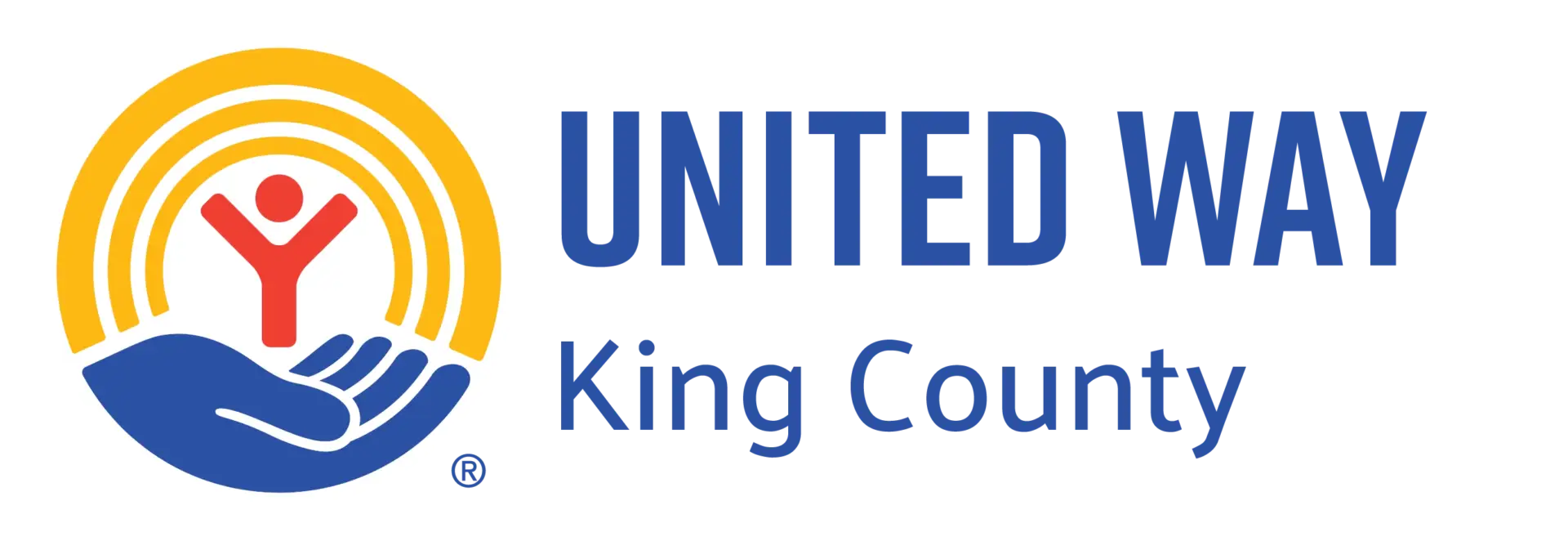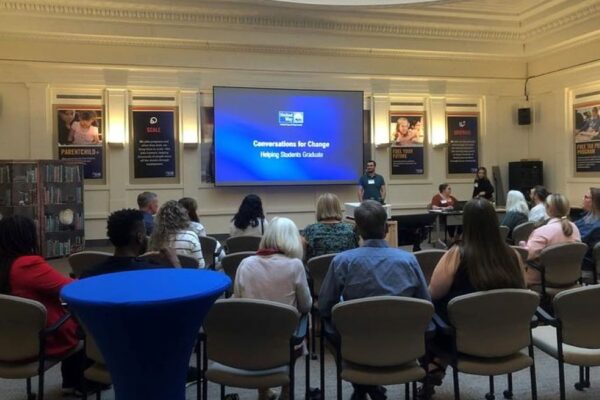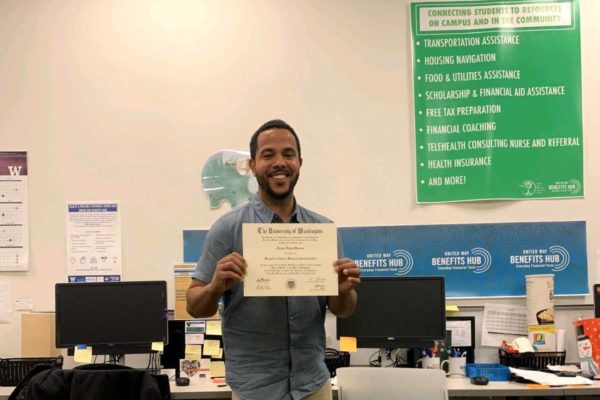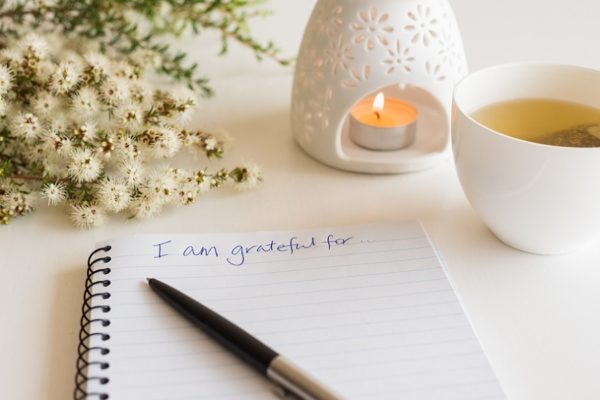Community College Students Struggle With Basic Needs During Pandemic
Amy was accepted to the dental hygiene program at Shoreline College last year, and she was looking forward to graduating in 2021. A degree would help her earn a living wage in a region that has seen an exponential rise in housing prices.
She thought a career in dental hygiene would be “wonderful.” Her husband would keep working as a rideshare driver to support her and their three children while she finished her degree, so things were looking up.
“We weren’t in complete despair, but we got to a point where we didn’t know how to pay for everything. We began prioritizing—housing and food only. ”
Amy
But then the coronavirus pandemic hit in the spring, and her husband’s ridesharing business dried up. The family suddenly found themselves without an income and no way to pay their bills, including rent.
“At first, it didn’t sink in. It wasn’t until later that it looked like he wasn’t going back to work,” Amy said. “Incrementally, we realized we couldn’t pay bills. We weren’t in complete despair, but we got to a point where we didn’t know how to pay for everything. We began prioritizing—housing and food only. ”
The only funds the family had at the time were from student loans, Amy said. “I became anxious and stressed,” she added.
Amy found out about United Way of King County’s Bridge to Finish program from an email the school sent to students with information about emergency funds. The program helps students complete their studies by providing services such as homelessness prevention funds, financial training and guidance on accessing public assistance at “Benefits Hubs” at 10 campuses.
Community college students—especially students of color—already faced unique challenges that often kept them from earning a college degree or credential—tools that could help them break the cycle of poverty.
The basic needs gap between white and Black students is 19 percentage points. It is 13 points between white and Latinx people and 22 points between white and Indigenous groups.
The pandemic has hit Black and students of color particularly hard. According to The Hope Center for College, Community, and Justice, the basic needs gap between white and Black students is 19 percentage points. It is 13 points between white and Latinx students and 22 points between white and Indigenous groups.
Amy applied for an emergency grant to help pay for rent and had an intake interview with Denise, a Benefits Hub staff member who guided Amy through the process.
“She helped me to break down what I needed immediately,” Amy said. “She was the only one offering us encouragement, helping us, giving us hope.”
Amy was one of hundreds of community college students who needed rental assistance due to the pandemic’s economic impact. She received funds to pay the rent for March and April.
The Benefits Hub staff member helped Amy break down her immediate needs. “She was the only one offering us encouragement, helping us, giving us hope.”
Amy
Once the school moved to deliver classes online, she applied and received money from student loans to pay for housing. She also qualified for food assistance from the federal government, she said.
The dental hygiene program requires a hands-on approach by seeing patients, but due to public health guidelines, classes can only accommodate half the students. While that creates a constraint on her education, Amy is confident she will finish her degree on time.
Amy said she is grateful for the help she received but worries about the future once the state’s ban on evictions ends.
“It honestly saved us a lot of anxiety and worry. If it wasn’t there, I absolutely don’t know where we would have gotten the money for rent,” Amy said. “It’s still really precarious, and many are going through it—they can’t pay rent. Even with no evictions, what happens when the moratorium is lifted?”





Comments